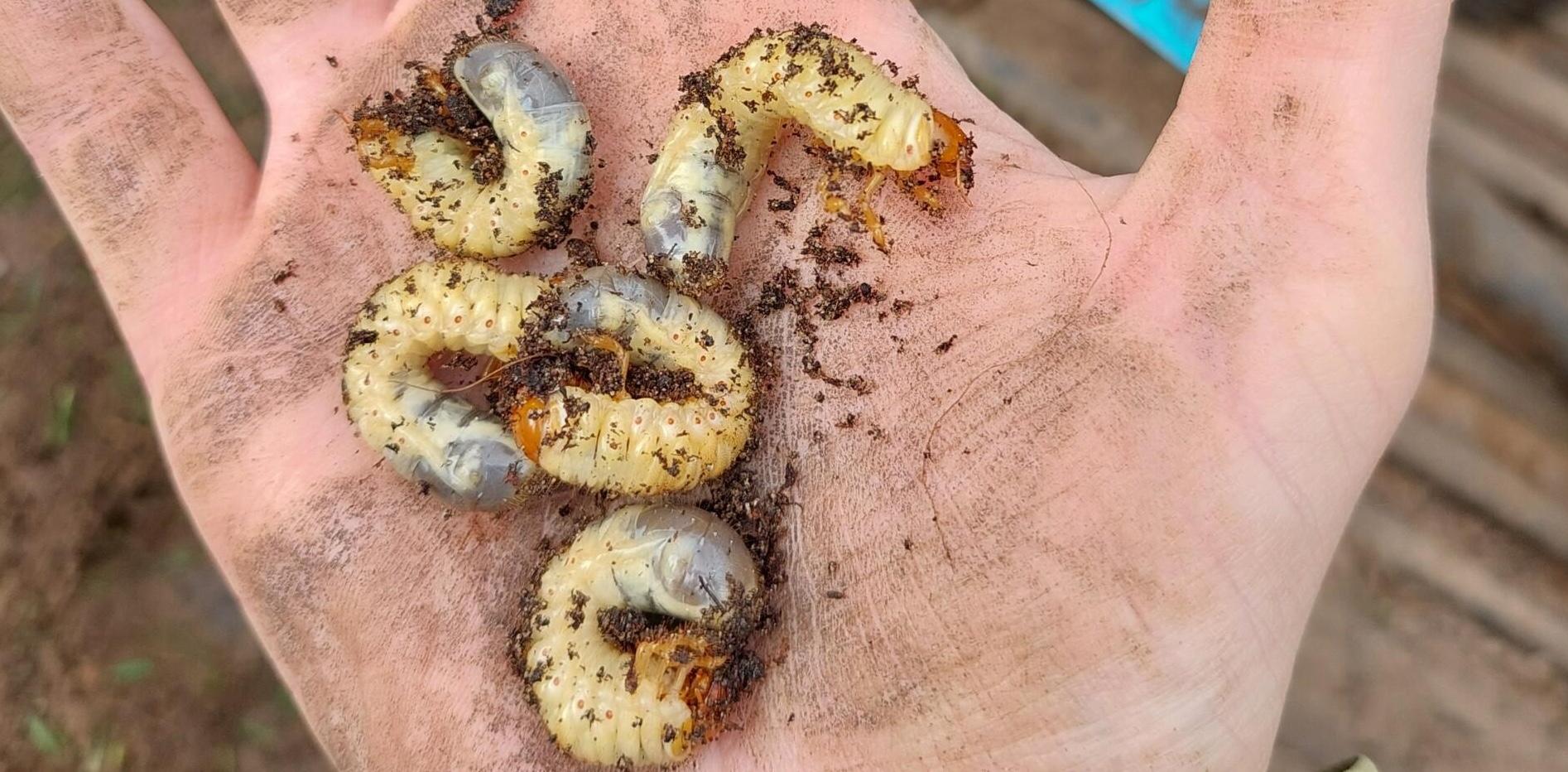As we enter what I suspect is the main period of Spring hatch (keep logging those sightings - Syngenta PestTracker ...) its worth thinking back to what we have been traditionally taught.
We have two main species in the UK that will impact our management in Turf - Tiplula paludosa and Tipula oleracea. The oleracea has two lifecyles in a year and the Paludosa has just one.
So when we see this Spring hatch and the variable sized leatherJackets in the sward currently the assumption is that these are two different species and one of them, the oleracea is the species that will hatch early.
Well, I'd like to test that theory a little. With seemingly warming winters and less control products available we are seeing much larger numbers of these pest than previously. Are they paludosa or oleracea? the answer gives us more clues into the lifecycle of these insects and therefore more clues to how we solve this current management puzzle.
How to tell the difference?
So in short:
- Female - Shorter wings, Separate eyes = paludosa
- Female - Longer wings, Eyes connected = oleracea
- Male - don't bother trying
Long version:
The first and most important difference which can be easily spotted is the end of the abdomen. Male - have turned up flag at end of abdomen. Where as Females have pointed end that is used to lay eggs into the ground.


Females of Tipula paludosa have wings which are shorter than the body.

Females of Tipula oleracea has wings which are longer than the body.

Once you've identified it as a female with longer wings (the same feature isn't always the same on males) the last way to confirm what you are looking at is the eyes which are well-separated underneath on the paludosa - you need a steady hand and a microscope magnifying glass.

Alternatively the Females of Tipula oleracea have eyes which are hardly separated underneath - again, a steady hand and a magnifying glass required.

The key to identifying our main species is establishing the sex first, I'd only attempt to ID the Females. Males are a much more challenging species!!!!
There are four common species on Golf Courses. The most problematic is Tipula paludosa which is found in rich grassland everywhere. The next most problematic is T. oleracea, which prefers wetter grassland. This pair of species has a brown bar down the front of the wings, otherwise these are clear.

In drier areas you may come across other cranelfy species. These are not as strongly associated with the grass of tees and greens, but more with the rough.
The easiest to tell is a ‘Tiger Cranefly, Nephrotoma apendiculata. It has a yellow and black patterned body.
Thanks to Mike Edwards (Operational Pollinator Guru and all round good egg) with his help on this one.





